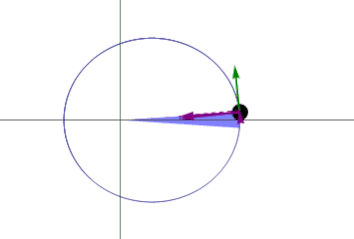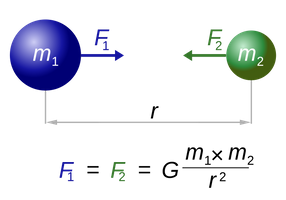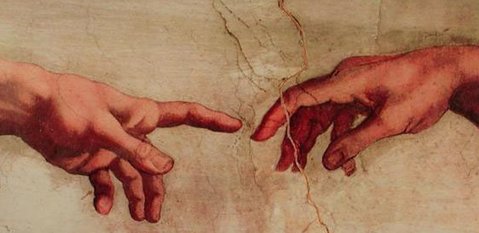Kepler-science.nl
The English pages can be found in the second row of the menu
De eerste rij knoppen in het menu is voor de Nederlandse pagina's
Arguments
It is a fact that we see Sun, Moon, stars and planets rise daily and after climbing to the South setting again. The planets are wandering stars, following their own paths.
These movements in the sky can be explained in three different ways (to the left the models of Ptolemy, Copernicus and Tycho Brahe are shown). But that's a mathematical truth: can all of these also live up to the laws of physics?
Three models
Eventually three models compete from about the 16th till the 18th century:
- Ptolemy needed a lot of math to get his calculations right. His model works pretty well mathematically and it could predict the positions of the planets correctly. But he needed epicycles, excenters and equants.
- Copernicus put the Sun in the middle, partly to save the circle - but he also needed adaptations: the Earth makes four different movements.
- Tycho presented a compromise: an immovable Earth, but the planets orbit the Sun. Semi-Tychonian models don't have all planets orbiting the Sun.
Arguments in the debate
Quite a few arguments were put forward:
- The speed arguments were very important at the time, the highest speeds being obtained and experienced on horseback or in a horse and carriage (you could not help noticing this speed and it was hard to imagine a much higher velocity would not be damaging).
- A revolving Earth should have an effect on winds (which it has: the Coriolis effect - but this seems only a small effect), birds flying in the air and stones falling from a tower.
- The Earth seemed to be the centre of creation and the Bible seems to state it stands still.
- The Earth orbiting the Sun should show a parallax of at least some stars (see Universe).
- Venus has an almost unchanging brightness - later on phases were discovered (see planets).
- The less movements (and the less complicated the model) the better.
- Foucaults pendulum (click here for a demo)
- Other planets having moons orbiting them (shown by Galileo using the telescope in 1609)
More on velocities
If the Earth rotates daily around it's axis, you would cover a distance of about 40.000 km per day: that is 1667 km/hour. In Amsterdam it will be about 900 km/hour: that's about the cruising speed of an airplane!
The disctance between Earth and Sun is about 149 million kilometers. If the Earth orbits the Sun we cover a distance of about one billion kilometers a year - that's almost 30 km/second or 108.000 km/hour. Astronauts in the International Space Station orbit the Earth with a speed of about 28.000 km/hour.
Kepler
He was very good in math. Using the exact observations of Tycho he could not get his calculations right assuming planets were orbiting in circles - as was assumed to be perfect, divine movement (a Greek thought). He concluded the planets orbit the Sun in ellipses and proposed some famous laws (used by Newton for his laws). He is considered to be one of the founding fathers of modern science.
The animation shows the second law of Kepler: in equal intervals the planet orbits equal surface areas (blue, the green arrow represents the speed)..
In this example you see the Sun a lot more off centre than in reality.
Newton
His contribution to the discussion seems to be vital. Two of his laws are essential:
- Planets orbit around the Sun because of the law of gravity - the Sun being the largest. The same force also works on Earth and makes sure we don't fall off of the Earth.
- You do not notice speed because of the law of inertia: nothing changes speed unless a new force is applied upon it. We experience this in a plane cruising over the Atlantic at 900 kms/h.






